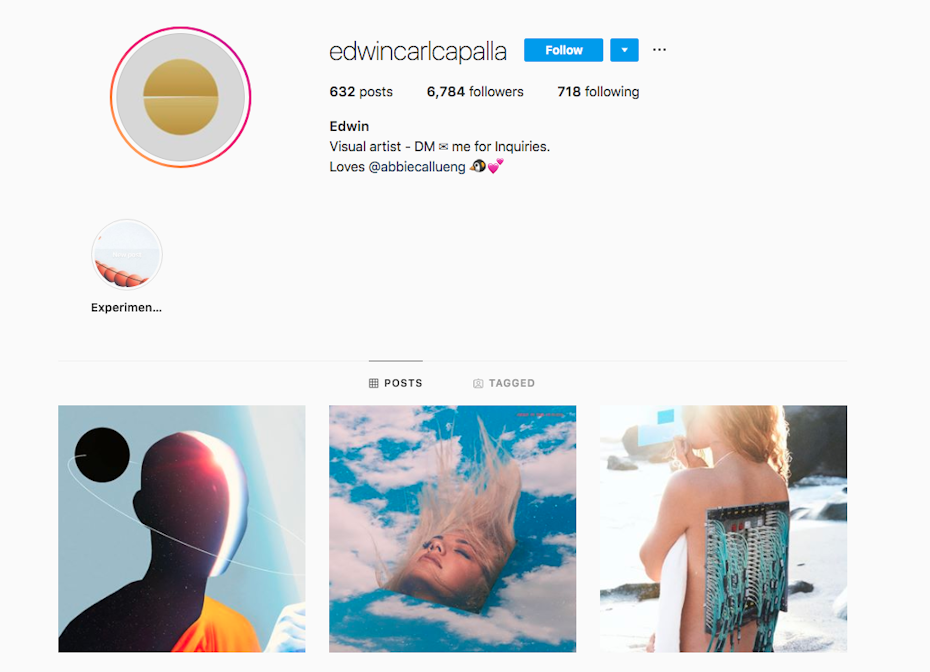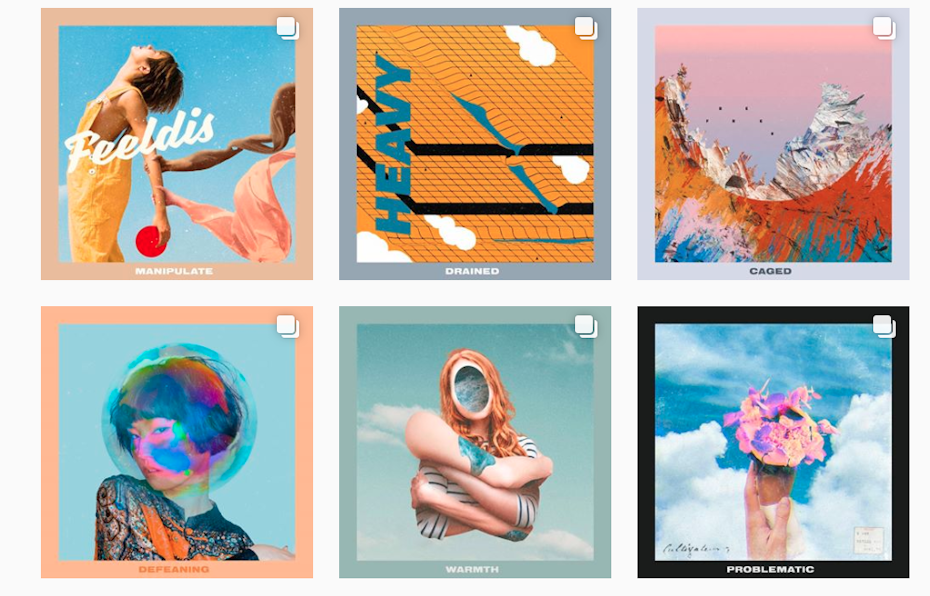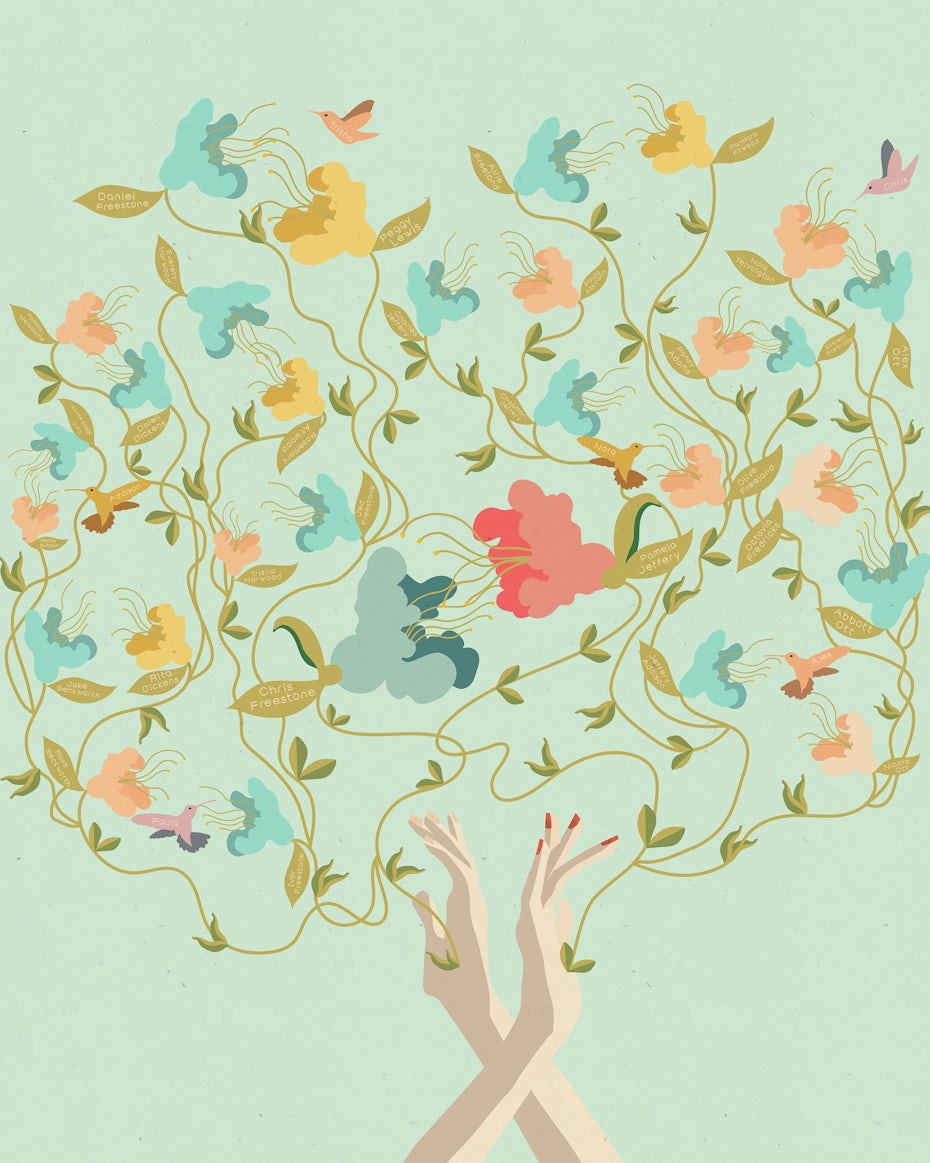7 simple steps to marketing yourself as a designer
As a graphic designer, you’re already busy with client work and focused on doing what you do best: being creative. The idea of marketing yourself can feel kind of icky—especially if you’ve never done it before.

But forget everything you know about traditional marketing and buckle up for some truth: marketing yourself is an important part of being a successful designer and scaling your freelance business. Otherwise, how will people know you exist, and that you’re the answer to their creative needs?
It doesn’t have to mean mindless self-promotion or employing sleazy sales tactics, and it also doesn’t have to be complicated. It begins with a bit of self-awareness and understanding your brand. Then, you can identify the right touch points, reach out to people and ultimately cultivate great relationships (and ideally, repeat clients).
As a natural storyteller, you’ve totally got this. With a bit of commitment and elbow grease, you can market yourself organically and grow your list of prospects.
This article highlights how you can market yourself as a designer—without the ‘ick’ factor. Let’s jump right in.
1. Have a strong foundation in place
—
Hang on there, champ. Before you start shouting from the rooftops, make sure that your personal branding is in tip-top shape. You’re ready to hit the ground running if you’re clear on who you are as a designer and what you stand for, and you know exactly who you’re going to target. A good foundation isn’t something you can hack, since it will influence your entire marketing strategy.

This requires a bit of self-awareness. So if this first step has you stumped, we suggest to start by thinking about your personal brand’s purpose, or your “why?”.
- Why do you get up in the morning and do what you do?
- What is it that you’re ultimately trying to achieve? This could be professional success, or supporting others with your creative talents.
Then, think about your core values. What do you want to stand for? What do you value most of all in your personal and professional life? Creativity and innovation? Integrity and respect? Discipline and dependability? Let these values drive your communications going forward.
If you still need to brush up on some knowledge, check out our tips on how to brand yourself as a designer.
2. Make the internet work for you
—


We have some news, and you might want to sit down for this one: mastering the Internet is essential to marketing yourself as a designer.
We know, we know. Groundbreaking! But sit tight. Your brand is defined and you have an idea of who your target client is. Now, you can choose the most appropriate online channels to establish a presence and reach the right people. Popular social networks are an obvious place to start—Instagram is a very creative and visual platform, while LinkedIn is the most professional platform for contacting businesses.
Look into which freelancer-centric platforms you might want to join as well. 99designs provides design opportunities and dedicated support, while Behance is great for showcasing your best work. Lots of social networks give you the option to track insights like your follower account and overall growth. This is great for measuring your marketing efforts.
Pro tip: Consider keeping your personal accounts separate from your professional ones (your passion for death metal may or may not vibe with your corporate design offerings).
The point is, the internet is free! And it can be whatever you make of it! Plus, you need a place to drive prospective clients. So whether that’s your Instagram, a freelance platform, your inbox or your own personal website, set a stake in the world wide web—and invite the world to work with you.
3. Build your audience
—

“If you build it, they will come” sounds awesome in theory, but freelance designers know it’s hardly realistic. Everyone starts with zero website visitors and followers, so when you’re first beginning your marketing journey, you’ll have to actively build your audience. This involves a bit of give and take.
Search for and connect with your ideal client on LinkedIn, follow the people you admire on Instagram and invite peers to like your Facebook page. Here comes the “give” part: in addition to regularly sharing your own work, attract visitors by being generous with your likes and support. If you’re already following people you truly connect with, this should be a piece of cake.
Consistency is key—but so is cross-linking. Include links to your other social networks where it makes sense, in your email signature and tattooed on your right arm (okay, maybe not that last one). With a little patience and effort, you’ll start to see your audience grow.
4. Keep at it
—
It’s not enough just to sit there and scroll—you need to flex those design muscles. In addition to polished pieces, showcase your WIPs and offer prospective clients a sneak peek at your process. You can even share content created by others (with permission and proper credits, of course!) that resonates with you and your audience. This helps position you as knowledgeable in your field, and does double duty as a community-building exercise.
If you need help sourcing content, remember sketches are your friend—anything you put out into the world, even if it’s unfinished, contributes to your design story and makes things more personal. Oftentimes clients want to hire the whole person, not just a robot who can use Photoshop. The key here is to show, not just tell.
And don’t worry: if you’re just starting out, you can create and share some personal or passion projects, or work you’ve done for friends and family.
5. Build authentic and long-term relationships
—
Things are moving along. You’re sharing your work, you’re giving praise, and you’re probably receiving some inquiries, too, thanks to a snappy CTA.

But when it comes to approaching people yourself, it helps to find some common ground and ease into the conversation as naturally as possible. Did you grow up in the same hometown? Do you support the same basketball team? Be yourself, keep the conversation authentic and act like a human being. Make sure you take the time to have a proper dialogue before you get to the pitch. If you’re doing things right, your pitch won’t sound like a pitch at all.
When it comes to transitioning into your services, always start by listening and understanding the client’s needs so that you can respond with a solution to their problem. Look for ways to bring value to your client, so that even if they don’t hire you today, they’ll be impressed enough to remember you. They might even recommend you to someone else or come back and hire you later. Be in it for the long game, not just the quick sell.
6. Master the follow-up
—

Independent creators know it can be disheartening to see an empty inbox first thing in the morning. But be forgiving and patient towards yourself and others, and remember that people are busy. It’s incredibly common for leads to be dormant for a year and then come back to tell you they want to work with you.
That said, don’t wait around for clients to get back to you. Find a balance between locating new leads and engaging with past ones. Past clients are great to re-approach. Since they’ve worked with you before, there’s less barrier to entry. Get in touch with people you haven’t heard from in a while and see if they have any upcoming projects. Consider asking for referrals, too, as your clients are likely to know similar businesses and will be more than happy to recommend you if they’re impressed with your work. Finally, consider trying out new mediums to engage with people you’ve already tried reaching another way. Do they prefer DMs to email? You’ll never know unless you try.
7. Flex your network
—

The word ‘network’ sounds clinical to some, but it’s one of the most important tools in your marketing arsenal. If a friend asked you if you could help them out with a contact, wouldn’t you be happy to oblige? Sometimes you have to ask to receive, and other times it’s as simple as letting people know you’re taking on new clients.
Consider sending a personalized email to friends and family with your latest portfolio attached. Be as specific as possible in how they might be able to help—because there’s nothing worse than a vague request. Do they know someone who could use your services? Are they looking for a collaborator themselves? For extra good karma, do the same for your peers. Respect the network flex, and it will respect you, too.
See, that wasn’t so hard, was it? Simple, straightforward steps to marketing yourself. Zero ick factor.





Comments